Krakow
Feature article for senior couple and mature solo travellers interested exploring the history of Europe including Poland. in An Antipodean travel company serving World Travellers since 1983
2 Aug 22 · 6 mins read

The History of Krakow
Krakow, traditionally known as Cracow, is the second largest and one of the oldest cities in Poland. Lying on both sides of the upper Vistula River in Southern Poland, the city has a long history dating back to the 8th century as a centre of Polish academic, economic, and cultural life. Once the capital of Poland (1038-1569), Krakow city has since endured centuries of partition and occupation by neighbouring powers surviving both its architecture and cultural status to be the beautiful and prominent city that it is today.
Odyssey Traveller conducts a tour of Krakow as part of two of our small group tours: a 22-day long guided tour Exploring Poland; and a 22-day Hapsburg Art and Music tour. Our Krakow itinerary includes visits to various sites including but not limited to the Krakow Old Town and its cobbled streets, St Mary’s Basilica, the Wawel Cathedral located inside the Wawel Castle, the Wieliczka salt mines, and the art exhibitions of the castle Pieskowa and the Krakow Polish National Gallery. The Exploring Poland tour also includes a leisure day to rest or consider optional activities such as a visit to the Oscar Schindler’s Factory Museum or a day trip Auschwitz tour. This article explores the history of the city to assist your Krakow tour.

Krakow Royal Capital
Historians date the settlement of Krakow’s Old Town to the 8th century, home to the tribe of Pagan Slavs known as the ‘Vistulans’. In the late 9th century, the region was then ruled by the Moravians, before passing into Bohemian rule.
Eventually, from 988 to 990 Mieszko I took Krakow and incorporated it into the principality of the Plast dynasty creating the powerful Kingdom of Poland. The Polish city developed rapidly as a leading trade centre, acquiring its own bishopric in 1000, and becoming the capital of Poland in 1038, with Wawel Royal Castle becoming the residence of Polish kings.
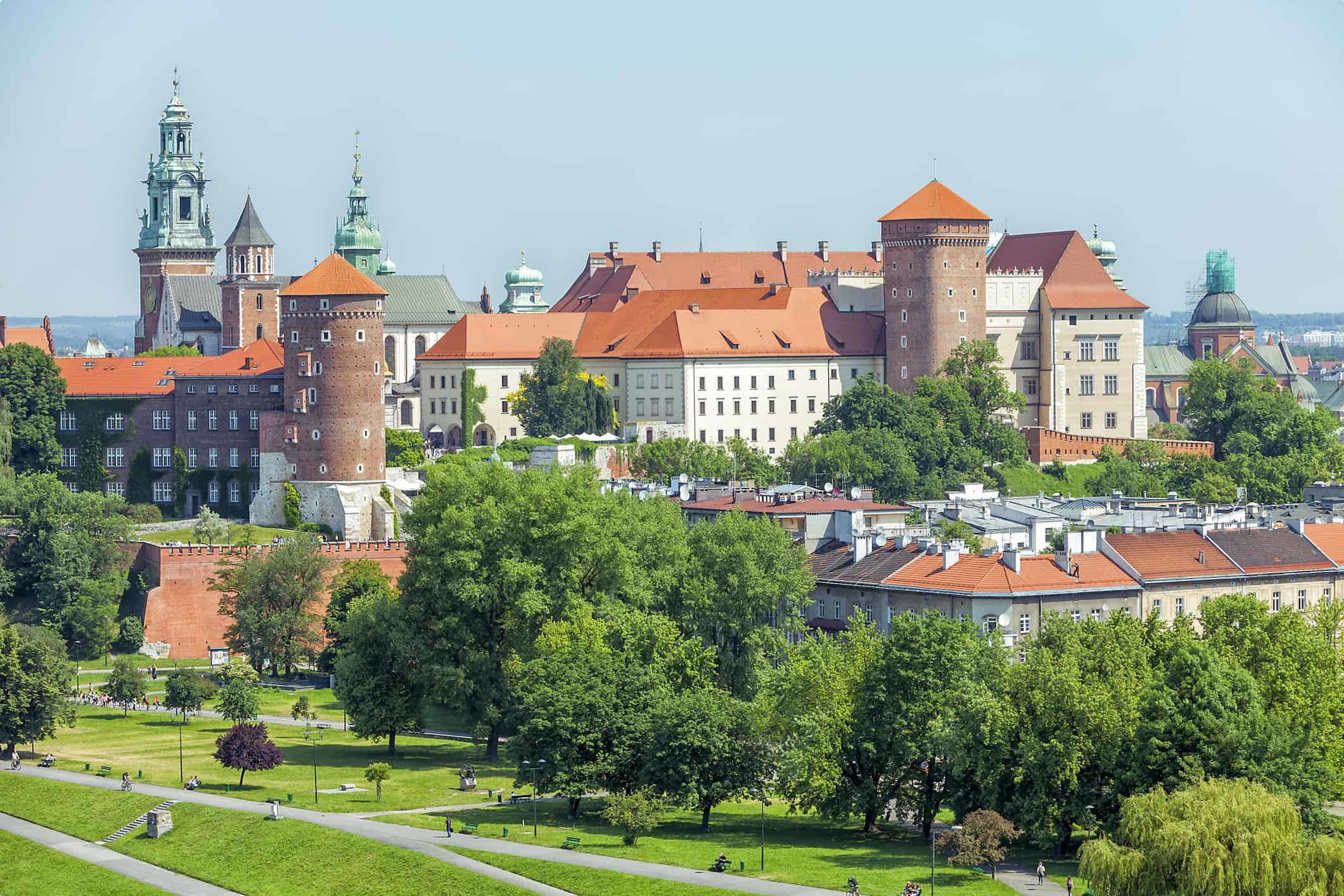
The city was devastated by incessant Mongol invasions during the 13th century; the first in 1241 almost entirely destroyed the city. It was subsequently dutifully rebuilt, however, to be practically identical and in 1257 received Magdeburg Rights allowing tax benefits and new trade privileges for the citizens. A second invasion followed in 1258, but a third attack in 1287 was deterred largely due to newly-built defensive fortifications, and the city was never to come under lasting Mongol rule.
Krakow particularly flourished under the enlightened Casimir III the Great (1310-1370) serving as Poland’s economic and political centre and as a major trading point between England and Hungary. A major patron of the arts and sciences, Casimir III founded the Krakow Academy (later renamed Jagiellonian University) in 1364 – the second oldest central European university – drawing scientists, artists, and scholars from across the continent.
Prosperity continued under the joint Polish-Lithuanian Jagiellonian dynasty with Krakow experiencing its ‘golden age’ during the 15th and 16th centuries. As the capital of Poland and a member of the Hanseatic League, the city attracted various craftsmen, businesses, and guilds. Artists and humanists also flocked to the city creating many impressive works of Polish Renaissance art and architecture.
Decline & Partition
Krakow’s fortune began to turn when King Sigismund II (the last Jagiellonian) died childless in 1572. With the throne passing through a succession of foreign rulers in rapid succession, the city’s importance began to decline reflected in King Sigismund III’s decision to move the Polish capital to Warsaw in 1596. The decline then continued with the Swedish wars that followed in the 17th century, followed by an outbreak of the Black Death that left 20,000 dead, devastating the city and leaving it economically impoverished.
Economically destroyed, The Polish-Lithuanian Commonwealth‘s political system broke down leading to civil war. Utilizing the situation, the greater surrounding powers of Austria, Russia, and Prussia simultaneously invaded in 1772 culminating in partitions of Poland – with Krakow eventually becoming a part of the Austrian Empire following the Second Partition of Poland in 1793 .
Polish internal reforms designed to liberate the nation from foreign influence caused Russia to invade in 1792. Resistance brewed and two years later, Tadesz Koscuiszko led an anti-Russia insurrection that started in Krakow. The insurrection was quickly defeated through prompting a third and final partition of Poland in 1795 with Krakow becoming part of the Austrian province of Galicia.
The city flirted with various forms of semi-independence in the early 19th century, existing as part of Napoleon’s Duchy of Warsaw (1809-1815) and an independent republic formed with its surrounding territory (1815-1846).
Eventually absorbed back in Austria, it enjoyed a less lenient rule than that imposed in the Russian and Prussian-ruled partitions. It thus became known as a centre of Polish culture, art, and nationalism attracting intellectuals, romantics, and patriots during the pre-war ‘fin de siecle’ era. The city also evolved into a modern metropolis during this time with running water, electric and the first electric streets cars all introduce in the first decade of the 20th century.
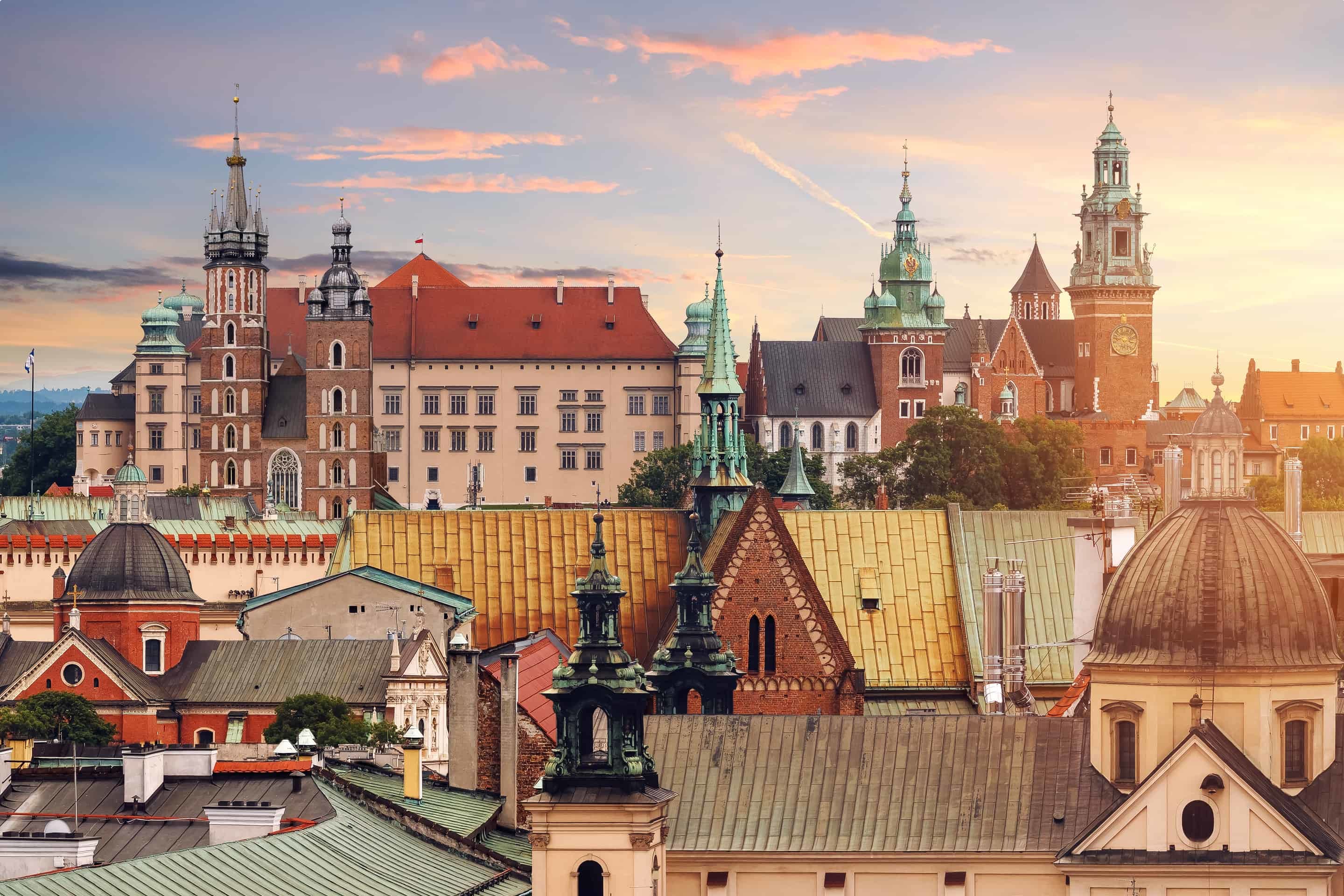
20th Century Occupation
Krakow was briefly returned to Poland in 1918 before falling under Nazi occupation at the beginning of World War II. The university’s teaching staff were shipped to concentration camps and the city’s Jewish population were rounded into a Krakow ghetto in the Podgórze district where many were destined to die of illness or starvation. The ghetto’s population fluctuated between 15,000 and 18,000 before being liquidated in 1943; its occupants were either shot where they stood, sent to work in Płaszów or sent to their deaths in nearby Auschwitz
In 1945 Krakow was occupied by advancing Soviet forces miraculously surviving World War II with little damage to its infrastructure. In the post-war era, the new Soviet-backed Communist government attempted to weaken Krakow’s intellectual and artistic heritage through industrialisation – and an entirely new, centrally-planned district of Nowa Huta was built around the country’s largest steel mill. Almost 45 years of communism followed.
Krakow Contemporary City
Krakow today is known for being Poland’s most important historical and cultural city due to the thousands of historic buildings and sites that survived World War II. Numerous cathedral and synagogues, as well as government and commercial buildings date back hundreds of years. While two defensive fortifications remain from medieval times.
As a cultural centre Krakow boasts a strong artistic and intellectual community with numerous institutions of higher education, theatres, opera houses, and museums.
It also includes several Jewish history sites such as Schindler’s factory, the Galicia Jewish museum, and the nearby former Nazi concentration camp Auschwitz Birkenau.
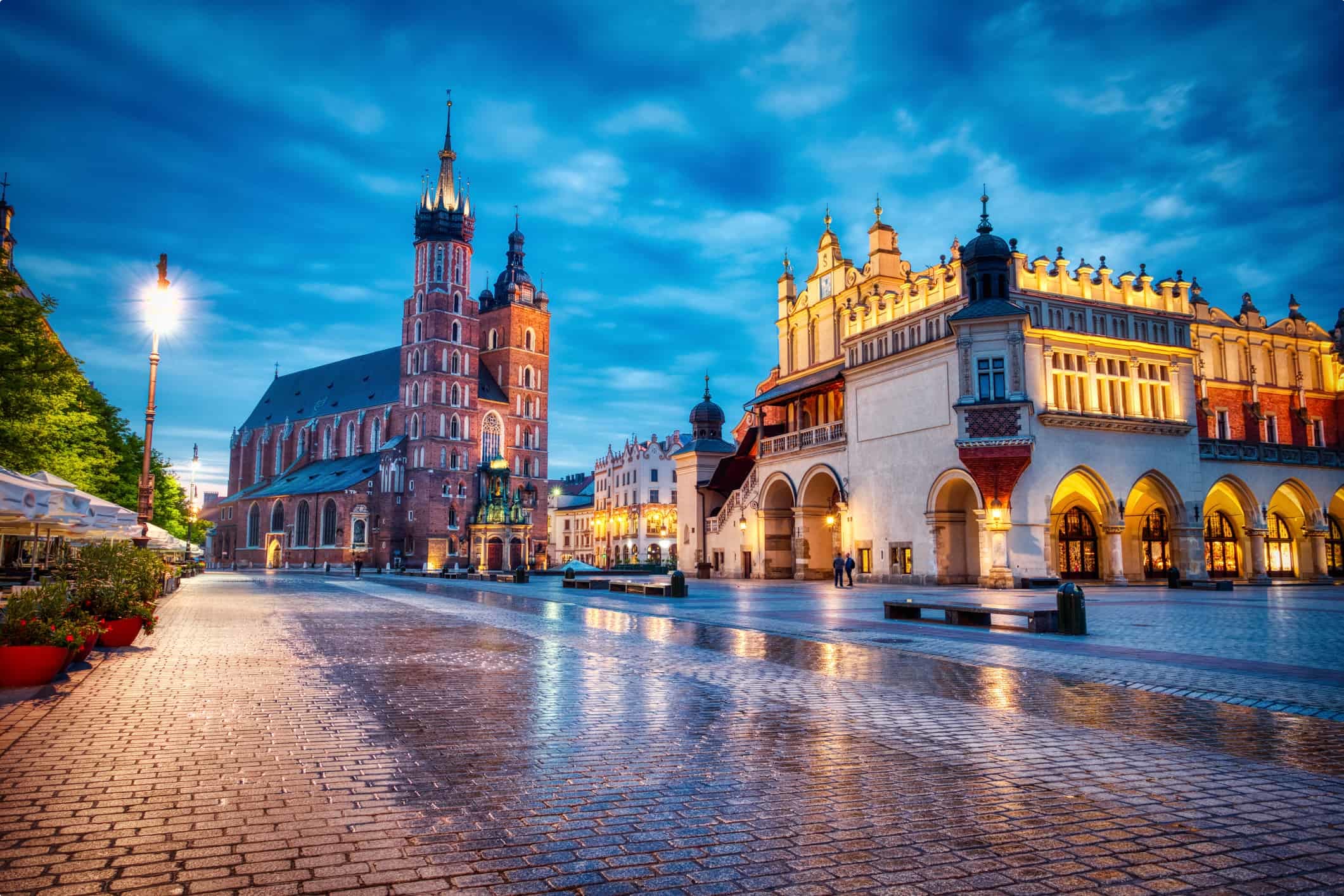
Tour of Krakow
Odyssey Traveller conducts a Krakow holiday experience as part of two of our small group tours: a 22-day long guided tour Exploring Poland; and a 22-day Hapsburg Art and Music tour.
On our Exploring Tour we view the grand monuments of Warsaw and Krakow and trace the path of the Vistula River, visiting the towns of Kazimierz Dolny with its Renaissance architecture, Baranow Sandomierski with its grand 16th century castle, Wieliczka with its UNESCO World Heritage labyrinthine salt mine, and other places that shaped the heart and soul of Poland. We will also take time to visit the homes and learn more about the life of Polish luminaries such as Frédéric Chopin and Nicolaus Copernicus.
Meanwhile our Habsburg art and music small group tour is for those who love art, architecture and Europe’s cultural history. From the medieval jewel of Cesky Krumlow to the grandeur of the Habsburg’s summer palace in Vienna, this small group tour takes us on an unforgettable journey to learn about these vibrant and artistically rich cities. We delve into the history of the famous artists, musicians, writers, architects and composers from Austria, Hungary, Poland and the Czech Republic. Over the course of this educational tour, we also attend musical performances in each city and inspect significant art collections.
Odyssey Traveller has been serving global travellers since 1983 with educational tours of the history, culture, and architecture of our destinations designed for mature and senior travellers. Tours consist of small groups of between 6 and 12 people and are cost inclusive of all entrances, tipping and majority of meals. For more information, click here, and head to this page to make a booking.

Articles on Poland
These articles were either published by Odyssey Traveller or are carefully selected external sources to maximise the senior travellers’ knowledge and enjoyment of Poland when visiting:
Related Tours
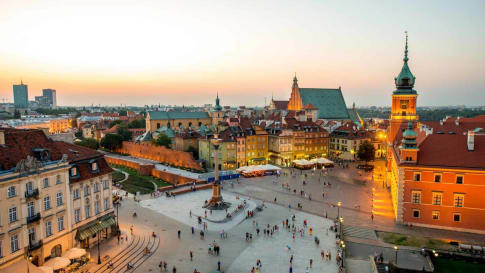
21 days
Jun, Sep, May, OctExploring Poland | Poland Small Group Tour
Visiting Poland
Odyssey's European tour of Poland provides the guests with authentic experiences in a range of key historical destinations to enjoy. Your tour leader supported by knowledgeable local guides who provide daily itineraries that often take you off the beaten path to learn more about the places visited.
From A$13,340 AUD
View Tour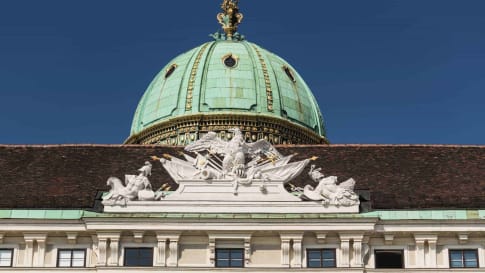
22 days
AugHabsburg Art and Classical Music small group Tour
Visiting Austria, Czech Republic
From the mediaeval jewel of Cesky Krumlow to the grandeur of the Habsburg’s summer palace in Vienna, our small group will embark on a 21 night journey to learn about these vibrant and artistically rich cities. We delve into the history of the famous artists, musicians, writers, architects and composers from Austria, Hungary, Poland and the Czech Republic.
From A$15,245 AUD
View Tour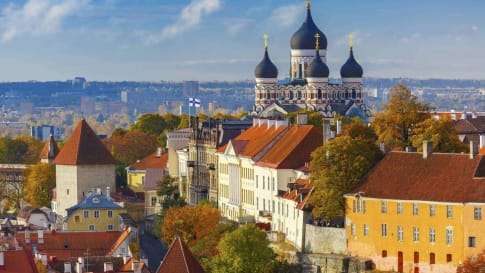
21 days
Sep, MayBaltics Small Group Escorted Tour: Latvia, Estonia, Lithuania
Visiting Estonia, Finland
An escorted small group tour to the Baltic States of Europe that explores the key destinations of this region starting in Berlin, then making its way through Poland, Estonia, Latvia, Lithuania, Finland and concluding in St. Petersburg. Each day has scheduled itineraries supported by local guides who share knowledge and authentic experiences of the places visited. This is small group travelling to the Baltics for like minded people.
From A$13,995 AUD
View TourRelated Articles
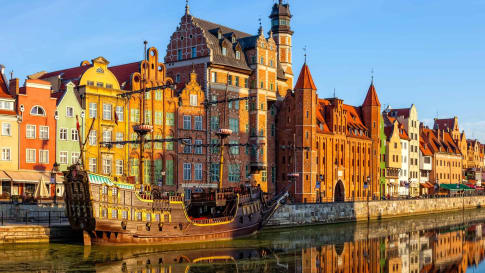
Gdansk, Poland
Explore the sights and history of Gdansk, a city at the pivot of history, from the Teutonic Knights to Poland's corridor to the Baltic Sea. Odyssey offers small group tours for mature and senior travellers couples and solo travelers to Gdansk and Poland.

Historic Sites of Poland: The Definitive Guide for Travellers
Castles, Palaces, and Other Historic Sites of Poland Poland, situated in central Europe between Russia and Germany, welcomes many travellers eager to know more about its history and see its natural beauty. Warsaw is its capital and…
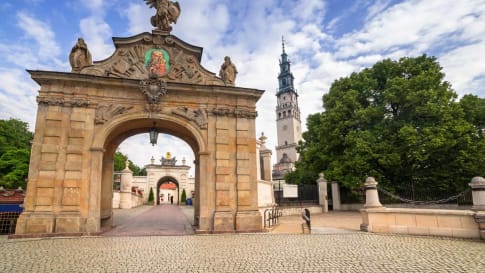
Questions about Poland for senior Travellers
Consider and Escorted small group tours for mature and senior travellers to Poland. Designed for couples and solo travellers who like to explore and enjoy learning as they travel to the historic sites of Poland including Warsaw , Gdansk and beyond.
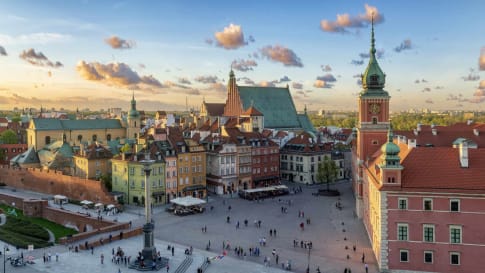
Warsaw, Poland
The History of Warsaw Warsaw, the Polish capital city, has a fascinating history of cultural and economic development in the face of foreign occupation. Emerging in the 14th century as an important central trading point,…

Wroclaw, Poland
Learn about the historic city of Wroclaw. Located in Poland's Lower Silesia Region, it has seen the passage of some of Europe's most dramatic history. Odyssey offers small group tours for mature and senior travellers couples and solo travelers to Wroclaw and Poland.


